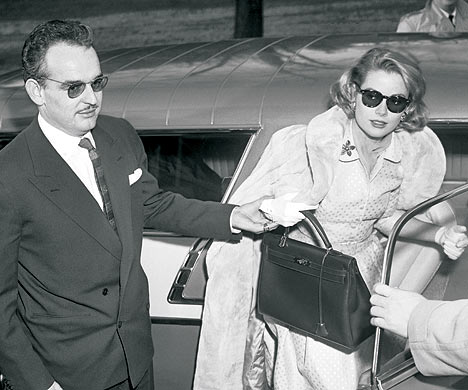
It’s one of the most popular bags of all time, one of those few that can be called by name. Owning a Kelly bag demonstrates SUCCESS, it also means owning a small piece of fashion history. Fashion house Hermès was born as a saddler’s shop, founded in 1837 by Thierry Hermès, a harness maker, who opened a shop in Paris for horse harnesses and saddles. Later, in 1870, his successors moved the business to rue du Faubourg-Saint-Honoré, in the location that has become iconic and that is, still today, the Maison’s headquarters. In the Twenties Emile-Maurice Hermès, grandson of the Founder purchased his brother Adolphe’s share of the company and started to create items in deerskin.
The Kelly bag (formerly known as the Sac à dépêches) is a leather handbag designed by the Paris-based, high-fashion luxury-goods manufacturer Hermès. Originally a saddle holder, it was redesigned several times before it was popularized by and then named after the American actress and Monégasque princess Grace Kelly.
Today, the Kelly bag from Hermes, designed in a gorgeous trapezoid shape and made with the most luxurious leathers and skins, is worn on the arms of celebrities and millionaires as a symbol of wealth. These bags are highly prestigious and exclusive, and very hard to come by. They are made with the utmost care and precision, by only one craftsman that takes about 18 to 24 hours of work to put it together flawlessly. It is a notable and elite piece of merchandise from one of the most well-known brands in the fashion world. #timeless
Even as industry analyst Bain doubles its growth estimates for the 2017 luxury goods market from 1-2 percent to 3-4 percent, citing consumption in both Europe and China offsetting weakness in the USA and South-East Asia; the luxury world with brands like Burberry, Michael Kors, Tiffany, Ralph Lauren, Tod’s and Coach have all posted weak demand, yet, one brand remains seemingly oblivious and defying the downward trends of the wider luxury market. How is such performance possible (or even likely) when Hermes continues to make their desirable Hermes Birkin bags more and more unaffordable? –
Hermes has managed to achieve cult desired status through a well-crafted business strategy of “frustrating consumer demand” – that is to say, as a business, Hermes flies in opposition of tried and tested economic models. Basic economic theory dictates that as demand increases, supply usually increases to match demand (in order to realize and maximize profits) but when the supply curve begins to outstrip demand that prices start to fall.
Yet with at least a million Birkin bags in circulation, the economic theory would predict a proportional decrease in price for almost all types of goods and services yet Hermes has managed consumer demand to such a degree that not only do prices of Hermes Birkin bags NOT decrease, they increase!
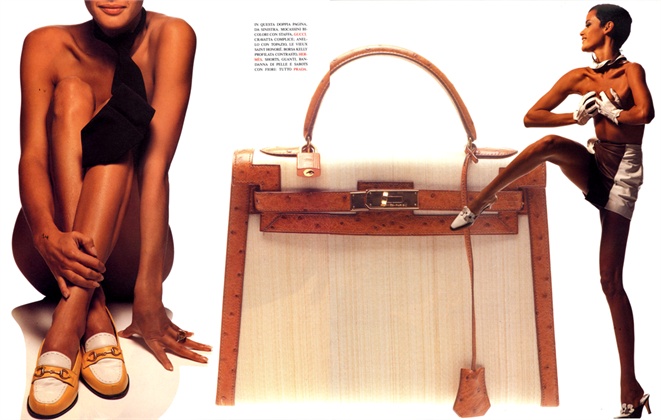
First, we have to understand that Hermes business strategy of “frustrating consumers” revolves around making it extremely difficult for people to buy its most desired products, e.g. the Birkin and Kelly handbags; Second, they do this while making tangential brand association still possible – from US$100 Hermes perfumes to US$400 scarves, these are products within reach of traditional wage earners while enjoying the aura of exclusivity which extends from high-demand bags like the Birkin and Kelly.


Hermes CEO Axel Dumas, a sixth-generation descendant of founder Thierry Hermes once joked at a luxury conference that the direction is for things to be difficult to find, even on their own website, and it’s true, visiting Hermes.com is an exercise in charming frustration as animated illustrations greet you. It’s not immediately clear where to go to find what you’re looking for and there aren’t clear labels and buttons to press.
The strength of the brand lies in its ability to combine tradition and modernity. The family Hermes has succeeded to continually adapt its products to the era of time: the Kelly bag, at the origin, was a bag designed to contain all the equipment of a rider. By reducing its size and feminizing it, Hermes has a created one of the most iconic emblems of French luxury and it is reassuringly expensive.
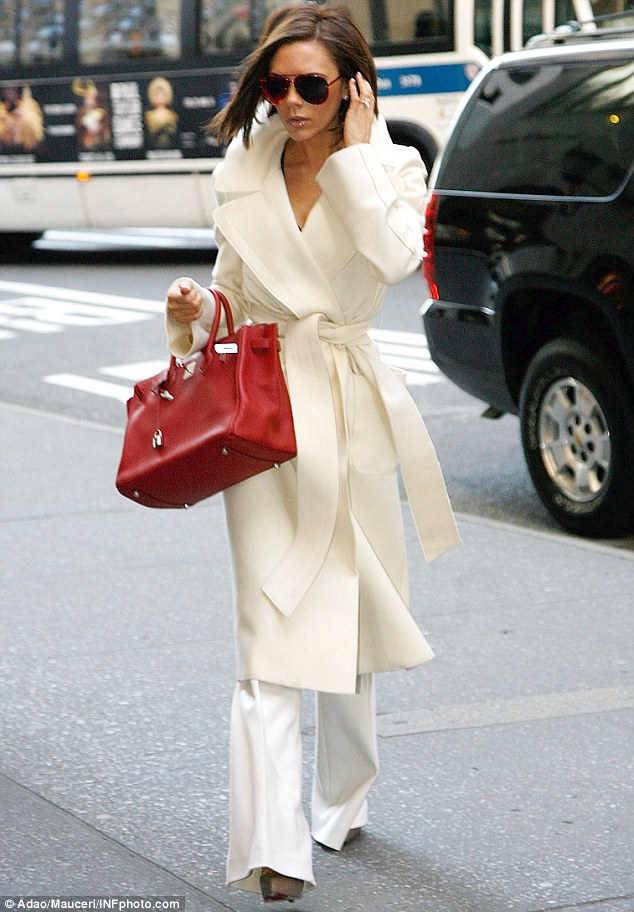

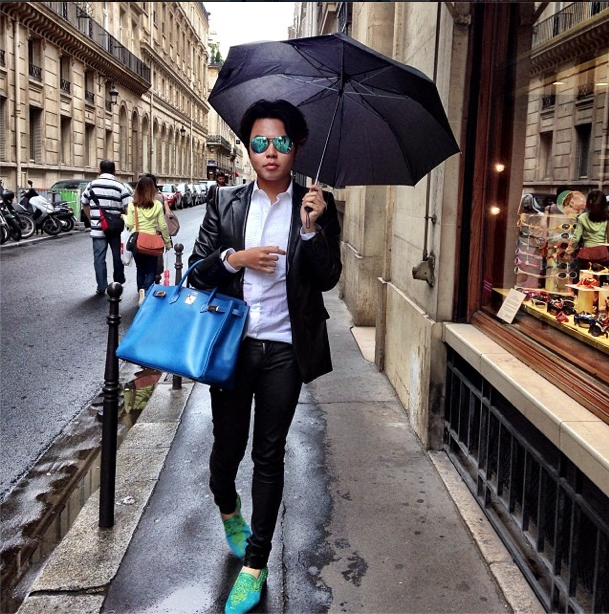
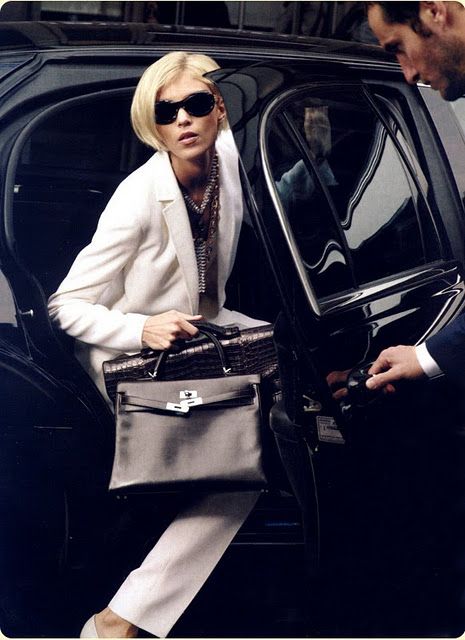
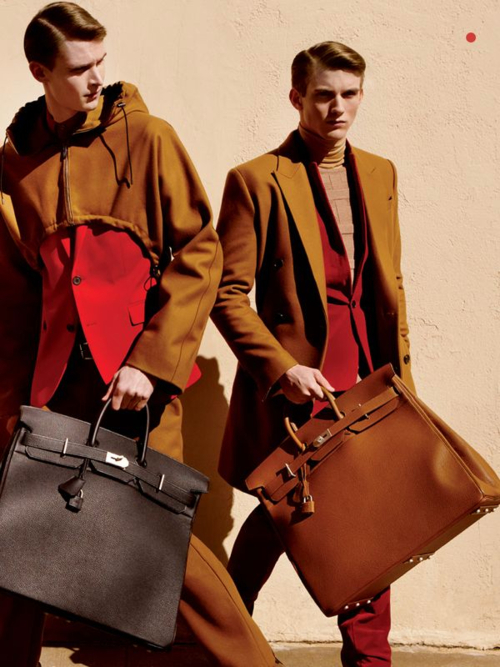




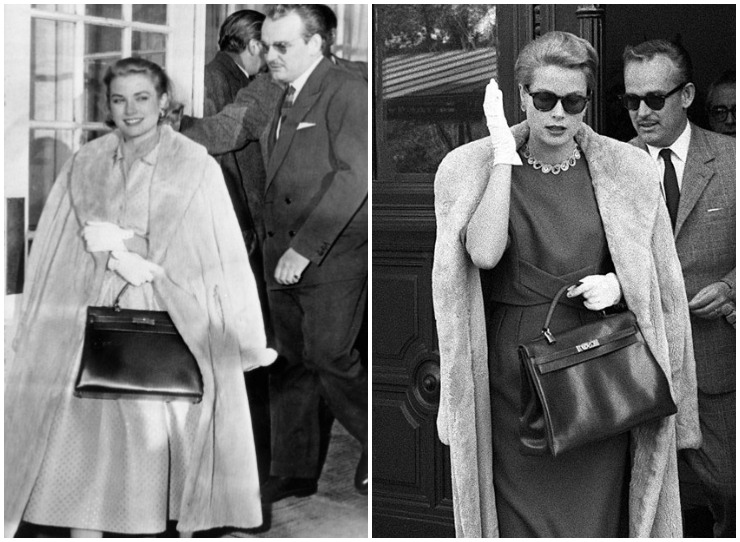
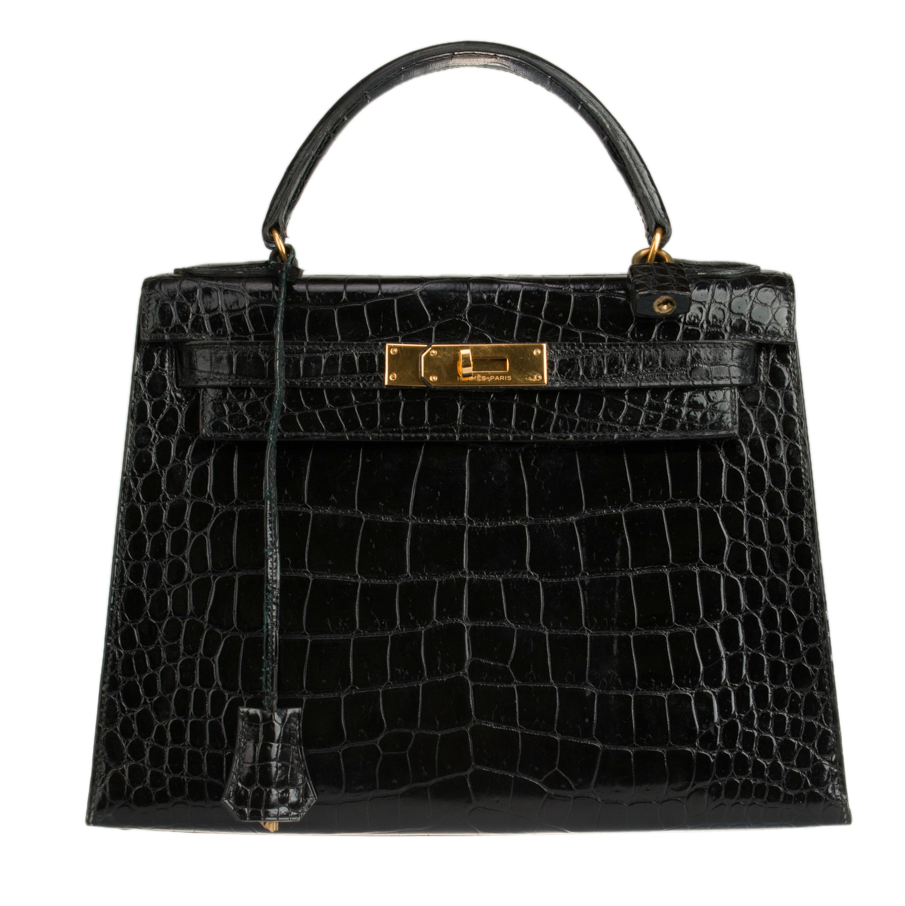
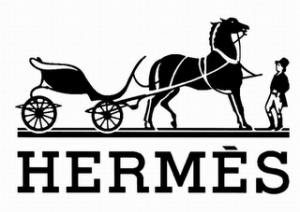

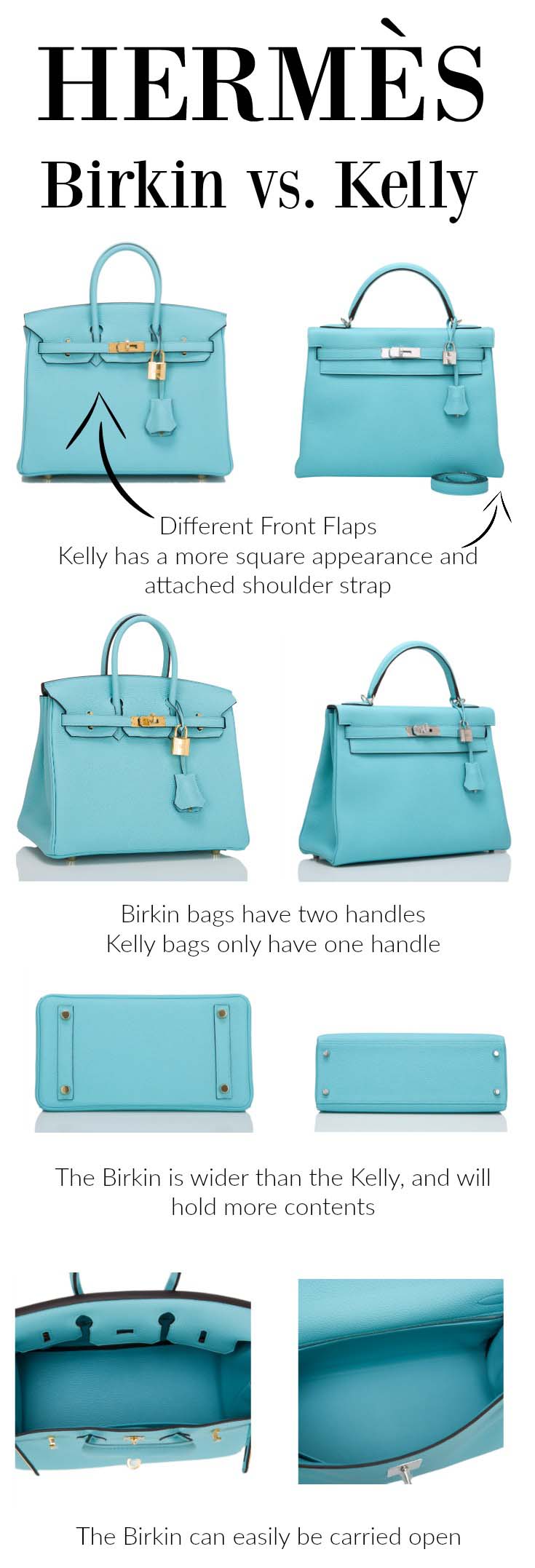









thanks for the heads up, I will check into it.